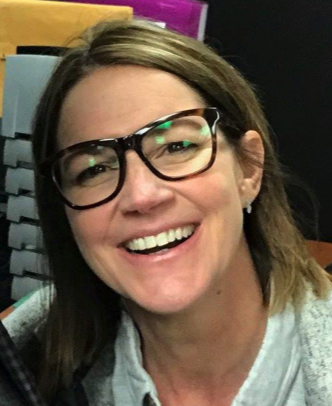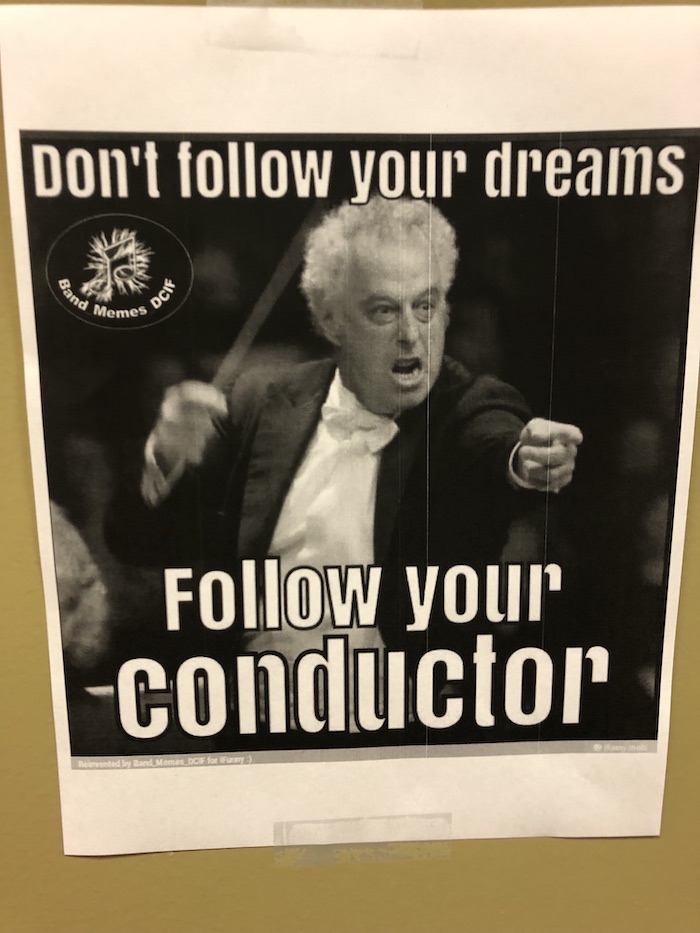Monday, September 30, 2019

Articulation
I am forever puzzled by the students who use their throat or air alone at the beginnings of notes. I have come up with a method that has proven to be very effective when teaching basic articulation to the masses. Our beginning clarinet classes average about 50. This year we have three beginning clarinet classes. If I'm not proactive when it comes to tonguing, some students may slip through the cracks and develop bad habits. And as we well know, those habits are difficult to break and replace with good habits. I call the method "Morse code" tonguing.
I explain and demonstrate where the tongue touches the reed using the common tip-to tip idea. We talk about 3 taste buds at the tip of the tongue striking the tip of the reed. After an explanation (using as few words as possible and always repeating the same terms), I demonstrate by first using "helicopter air" and then being tonguing as randomly as I can. I begin by tonguing quickly and demonstrate slow random tonguing as well. There is no pattern, set rhythm, or meter. I don't mention eighth notes or sixteenth notes. A Morse code effect is heard. I have my students do the same.
Contrary to how we've been taught as players and educators, I encourage my kids to tongue as quickly as possible. We don't begin the process slowly and gradually increase tempo. They tongue quickly and randomly making sure they are touching the tip of their tongue to the reed. It is loud and obnoxious and that is OK. There is absolutely NO time for inaccurate tonguing to occur when this exercise is executed. They also immediately become aquatinted with the "feel" for how to articulate which encourages correct muscle memory. After doing this exercise for a bit of time both as a class and individually, we play straight quarter notes in succession. This too is done at a fast clip (between 112 and 120 bpm).
Now the students know and understand how to tongue; and more importantly know how it feels. They have NEVER huffed or throated a note, so that particular physical sensation is foreign to them. Initially, we practice Morse code every day on mouthpiece and barrel until tonguing is natural and correct. This has made all the difference in teaching a large groups accurate tonguing. Fortunately, I have not encountered huffing or throating since.
Section Tuning
Before tuning is discussed, some assumptions should be made. A working instrument, playable reed and excellent air support will be key in any tuning situation. I encourage our clarinets to tune their open G and third space C in our concert bands. I don't believe this is breaking news to most band directors. What I have noticed however is (especially in young players) that students are hesitant to make adjustments on their instruments. Adjustments for the open G should be made by pulling out or pushing in the barrel. Encourage your students to over-adjust. Many might hear the tuning discrepancy, but if an adjustment isn't made on their instrument and the director doesn't insist it happens, then tuning is futile.
The third space C on clarinet should be adjusted by pulling out or pushing in the middle of the instruments at the bridge. Again, students may over-compensate, but I find this to motivate the students to be more proactive in tuning and helps them realize how much control they have in the tuning process. Another technique I use for ensembles is by asking students push and pull as much as they can on tuning slides, head joints, and barrels. We then play a chorale or tuning note. The result is terrible. I encourage them to continue using good air, embouchure, etc. It still sounds bad regardless of their physical efforts. Then I have them go back to their positions/lengths that they usually play on their horns. This helps them understand how much control they have over their instruments and how much they might be able to adjust throughout the rehearsal to achieve our desired tuning results.
| Mrs. Lollis is currently in her eleventh year at Union Public Schools where she teaches band to all ages and all abilities. She has also taught band in the Edmond and Jenks Public School systems. While in Arizona, Mary taught band at a charter school in Chandler, Arizona. She received her Bachelors of Music Education from the University of Central Oklahoma and a Masters of Musical Arts in Clarinet Performance from Arizona State University. Mary has played with the Tulsa Symphony Orchestra since 2006 and the Tulsa Opera Orchestra since 2001. She lives in Tulsa with her husband Brent and their two children Jack and Amelia. |

| (417) 882-7000 | (573) 256-5555 | (816) 792-8301 |
| (417) 781-3100 | (405) 896-8111 | (479) 464-8877 |
| (918) 286-1555 | (636) 229-1904 | (417) 882-7000 |
